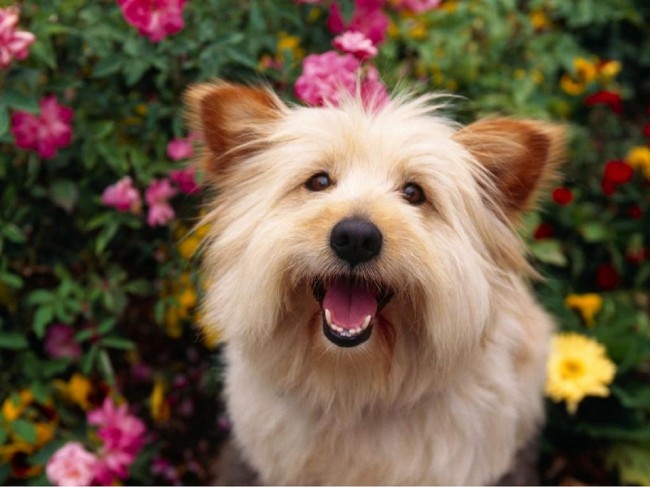Yellow tang are in the surgeonfish family. Adult fish can grow to 20 centimetres (7.9 in) in length, and 1–2 centimetres (0.39–0.79 in) in thickness. Adult males tend to be larger than females. Yellow tang are bright yellow in color. At night, the yellow coloring fades slightly and a prominent brownish patch develops in the middle with a horizontal white band. They rapidly resume their bright yellow color with daylight.They have an arrow-like shape due to their dorsal and ventral fins being almost an extension to their bodies, and a long snout-like mouth used (as with other tangs) to eat algae and seaweeds that suffocate corals. They also have a sharp spine located near their tail. They have become a popular fish for marine aquarists of all skill levels, as the fish tends to be active, hardy, and nonaggressive when kept with dissimilar species.
source:link:pic
wikipedia

















.jpg)






























